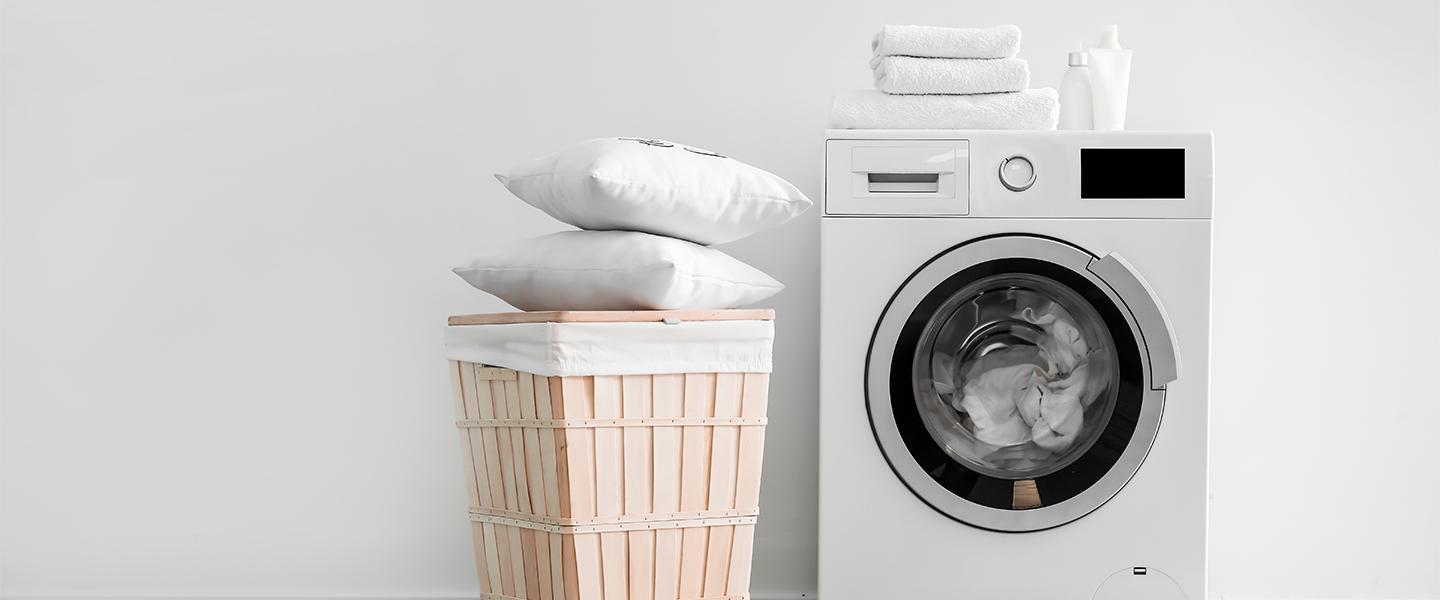A step-by-step guide to washing your pillows
It can sometimes be hard to find a pillow that you love, but when you do, you want to keep it as long as possible. So it’s good to know that you don’t have to replace it if you start to detect a slight odour — that’s probably just a bit of sweat that can be easily washed away.
Even if your pillows aren’t quite so comfy or fluffy, a good wash and dry can perk them right up again. You just have to make sure to do it correctly. So we will tell you exactly how to accomplish that.
Can you wash pillows?
Believe it or not, there are many people who are not even sure they should wash their pillows. As you may have gathered, not only can you wash them, you really should. There are probably even more people who have tried washing their pillows and ended up with uncomfortable lumpy sacks of filling or worse. That’s why it’s important to know the correct way to wash your particular pillows.
Can you wash your pillows in the washing machine?
You can wash many types of pillows in the washing machine, but not all. For instance, hollowfibre pillows can easily be machine washed. Some natural-filled pillows like feather pillows can be machine washed, but you have to do so very carefully. That’s why it’s recommended that you dry clean natural-filled pillows unless the label specifically says otherwise.
Memory foam pillows should not go into washing machines, either, because the agitation can easily break up their padding. The best way to clean these is to first get rid of dust or dirt on the pillow by putting them in a tumble dryer on an air-only or no-heat cycle for about 20 minutes. You must be extremely careful not to put foam pillows in a dryer on a heated setting because when foam comes into contact with heat, it is at risk of catching fire.
Once all of the dust and dirt is removed from the foam padding, you should spot clean any of the soiled areas using a cloth that has been dipped into a sudsy blend of water and mild soap. Then rinse those areas carefully with a damp cloth. Keep in mind that wet foam can tear very easily, so be as gentle as you can when washing and rinsing the soiled areas.
You should always wash two pillows at the same time. Not only does that balance the load in your washer, but it also allows the water and detergent to circulate much more effectively. If you have a top-loading washing machine with an agitator pole in the centre, you should stand the pillows up vertically and set the machine on its gentlest, shortest cycle because the agitators can be rough enough on pillows to shorten their lifespans.
Now we will give you the precise step-by-step instructions on how to wash pillows.
1. Check the label on your pillow
Just as you do with new clothes, you will want to check the label on your pillow before washing it to see what methods of cleaning it are suggested, particularly if your pillow’s filling is made from feathers or down. Because, while there are some pillows with these fillings that can be machine washed, many feather and down pillows may only be dry cleaned.
2. Pre-treat any stains
There are any number of tough stains that can find their way onto pillows. Makeup, hair products, even blood and other types of stains that regular detergent just isn’t up to removing alone must be pretreated before you wash the pillow. The washing instructions label should also tell you whether you should not use bleach or other chemicals when washing your pillow, and that applies to pre-treating it, as well.
3. Set your wash temperature and run cycle
Unless your pillow’s washing instructions specify otherwise, using a 30-40 degree wash temperature and a normal spin setting is usually recommended. And, of course, don't forget to add your washing detergent!
4. Once finished, check for soap residue
It’s very important to check to see whether there is any remaining soap residue on your pillow once it’s finished washing. Because if there is, you will need to put it through another cycle. Your pillow really needs to be completely free of any soap whatsoever before it's dried, so you may want to try using a wash setting with an extra spin cycle, just to make sure.
5. Transfer to your dryer
Knowing how to dry pillows is every bit as important as knowing how to wash them. You don’t need to use any heat at all. Simply set your dryer to a low air-drying setting. Dryer balls, or even tennis balls, can be placed in the dryer with your pillows to help spread the fill material more evenly and give it a little extra fluff. They will make a bit of noise but won’t hurt your dryer.
6. Don’t forget your duvets and covers
While you are washing your pillows, you may as well wash your duvets and pillow protectors, as well. That way, everything will be nice and clean all at the same time. However, you do need to make sure that your duvet or any pillow covers are washed separately from the pillows themselves.
How to dry your pillows
The best method for drying your pillows is to use a tumble dryer, but you can certainly hang your pillows out to dry or use a drying rack. Pillows will usually need about an hour in a dryer and several hours to become completely dry by air drying. It’s more important than you might realize for your pillows to be completely dry before you use them again, especially any naturally filled pillows because mould and bacteria can flourish in even a small amount of dampness.
How often should you wash your pillow?
It’s not only important to wash your pillows properly, you also need to wash them regularly. It’s preferable to wash pillows about 3 times a year or roughly every 4 months. Pillows can turn yellow, which is why it's important to wash them at least once a year to keep them in their best condition.
Now you know exactly how to keep your favourite pillows as fresh and clean as possible. How often you should change your pillows depends on a few different things, such as what type of filling they have and how well they’re maintained. Making sure they are regularly washed and dried properly will go a long way toward having them last as long as possible.
At Sleepseeker, we have a range of bedding to make your bedroom the perfect location for sleep. Discover everything from duvets and mattress toppers to wellbeing bedding.
Read more of our guides:
What's trending now...
-
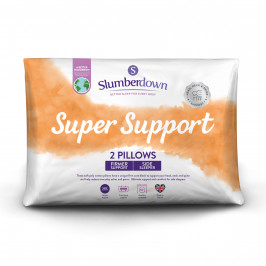
Slumberdown Super Support Firm Support Side Sleeper Pillow, 2 Pack
£17.00
Shop Now -
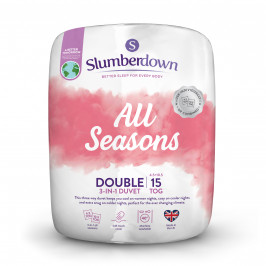
Slumberdown All Seasons Combi 15 Tog (10.5 + 4.5 Tog) Double Duvet
£30.50
Shop Now -
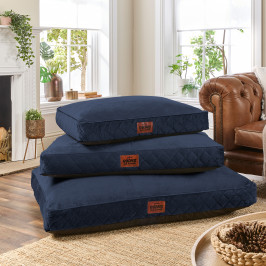
Slumberdown Paws for Slumber Navy Pet Bed, Large
£49.00
Shop Now -
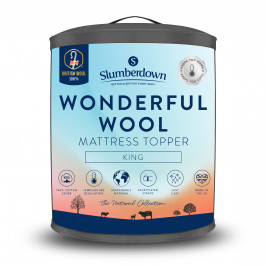
Slumberdown Wonderful Wool Mattress Topper, King
£60.00
Shop Now -
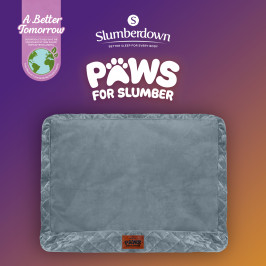
Slumberdown Paws for Slumber Extra Large Pet Bed Spare Cover, Grey
£20.00
Shop Now -
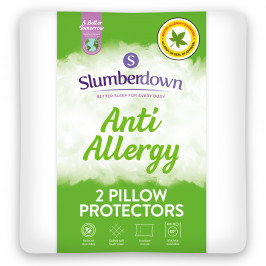
Slumberdown Anti Allergy Pillow Protector - Pack of 2
£15.50
Shop Now -
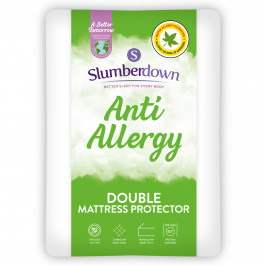
Slumberdown Anti Allergy Mattress Protector - Double
£20.50
Shop Now -
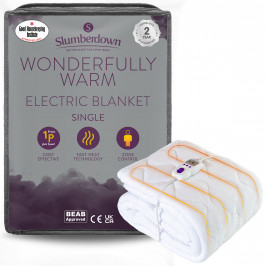
Slumberdown Wonderfully Warm Electric Blanket - Single
£60.00
Shop Now -
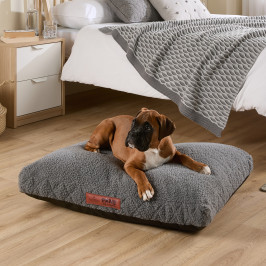
Slumberdown Paws For Slumber Sherpa Pet Bed, Medium
From: £25.00
Shop Now -
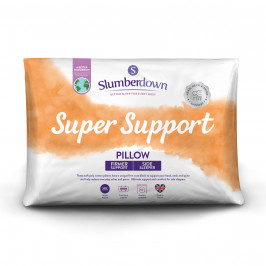
Slumberdown Super Support Firm Support Side Sleeper Pillow
From: £17.00
Shop Now -
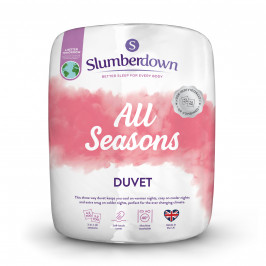
Slumberdown All Seasons Combi Duvet
From: £25.50
Shop Now -
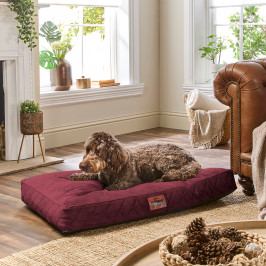
Slumberdown Paws for Slumber Large Pet Bed
From: £49.00
Shop Now -
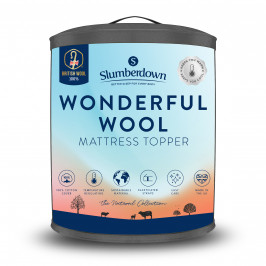
Slumberdown Wonderful Wool Mattress Topper
From: £54.50
Shop Now -
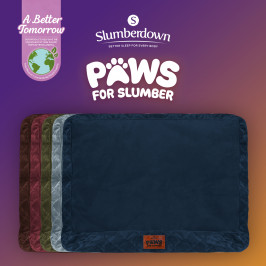
Slumberdown Paws for Slumber Extra Large Pet Bed Spare Cover
From: £20.00
Shop Now -
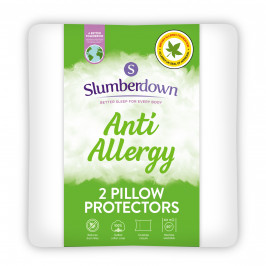
Slumberdown Anti Allergy Pillow Protector
From: £15.50
Shop Now -
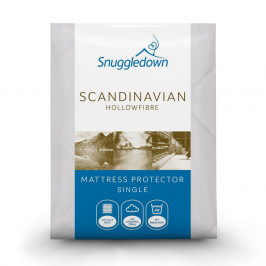
Snuggledown Scandinavian Hollowfibre Mattress Protector - Single
£14.00
Shop Now -
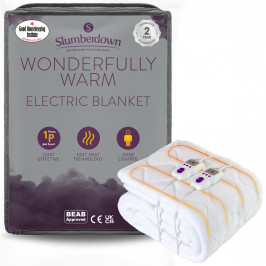
Slumberdown Wonderfully Warm Electric Blanket
From: £60.00
Shop Now -
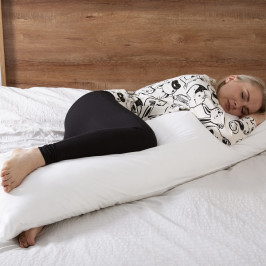
Slumberdown Body Support Pillow, 1 Pack, Includes 100% Cotton Pillow Case
£20.00
Shop Now -
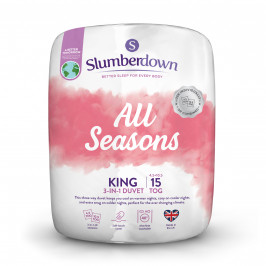
Slumberdown All Seasons Combi 15 Tog (10.5 + 4.5 Tog) King Size Duvet
£34.00
Shop Now -
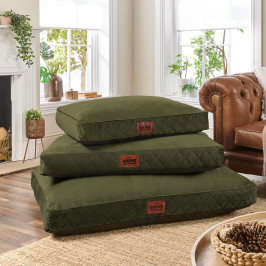
Slumberdown Paws for Slumber Olive Green Pet Bed, Large
£49.00
Shop Now -
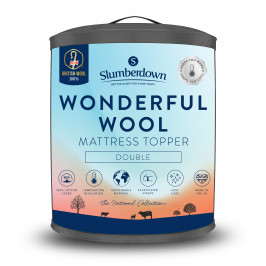
Slumberdown Wonderful Wool Mattress Topper, Double
£54.50
Shop Now


